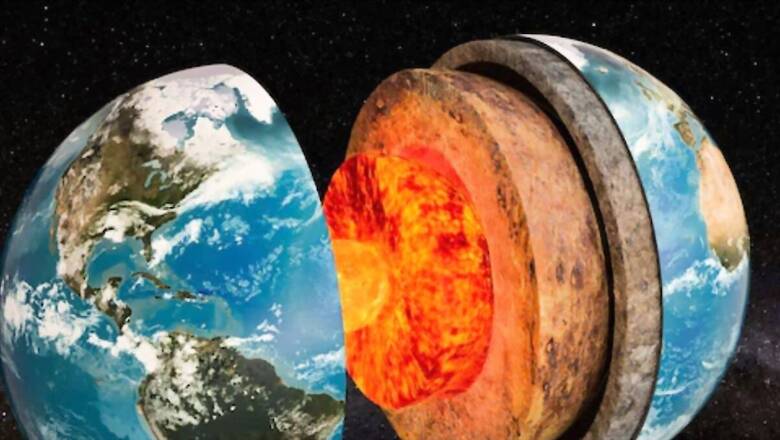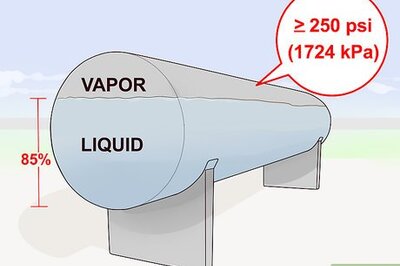
views
Researchers from Northwestern University in Evanston, Illinois said they have discovered a vast reservoir of water beneath the earth’s surface. This hidden underground supply of water lies some 700 km beneath us.
The large water reservoir was found when researchers were probing to find the origins of Earth’s water. The findings were detailed in a 2014 study titled Dehydration melting at the top of the lower mantle where scientists described how they found the colossal ocean beneath our feet.
The ocean is hidden within a blue rock known as ringwoodite which lies 700 kilometres underground in the mantle. The earth’s mantle is the layer of hot rock between Earth’s surface and its core.
The size of the reservoir has prompted an alternative idea that oceans may have gradually oozed out of the interior of the early Earth. The size of the subterranean mega water body is thrice the volume of all the planet’s surface oceans put together.
“It’s good evidence that the Earth’s water came from within,” Steven Jacobsen of the Northwestern University in Evanston, Illinois told New Scientist back in 2014. The finding has now gone viral on social media.
Jacobsen’s team using 2000 seismometers analysed seismic waves from over 500 earthquakes. These waves traverse Earth’s interior, reach the core and can be detected at the surface.
“They make the Earth ring like a bell for days afterwards,” Jacobsen told the magazine.
By gauging wave speed at various depths, they identified rock types. The presence of water became evident as waves decelerated due to dampened rock.
“We should be grateful for this deep reservoir. If it wasn’t there, it would be on the surface of the Earth, and mountain tops would be the only land poking out,” Jacobsen said.
Jacobsen’s findings are also supported by another research from 2014 where scientists from University of Alberta in Edmonton, Canada studied a diamond from the transition zone of the Earth that had been carried to the surface in a volcano and saw that it contained water-bearing ringwoodite.
The transition zone refers to a region within the Earth’s mantle, located between approximately 410 and 660 kilometers (250 to 410 miles) below the Earth’s surface. It marks the boundary between the upper and lower mantle and is characterised by significant changes in temperature, pressure, and mineral composition.



















Comments
0 comment